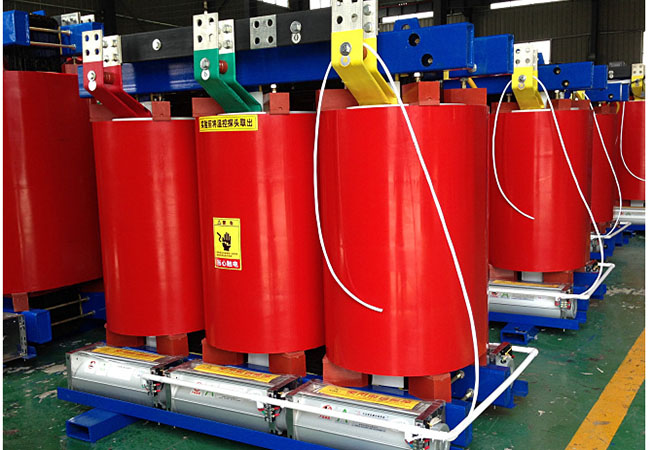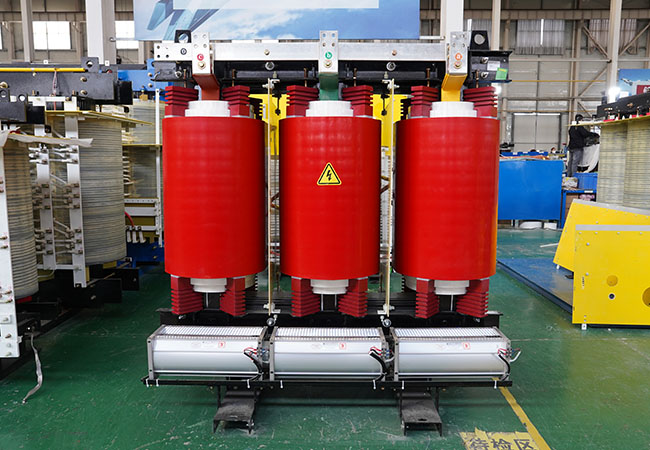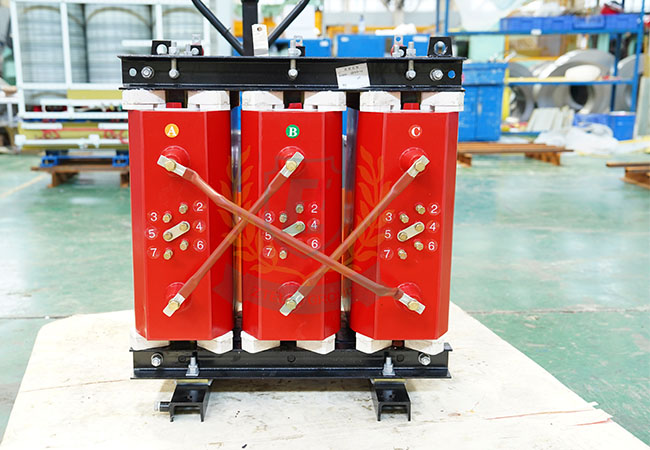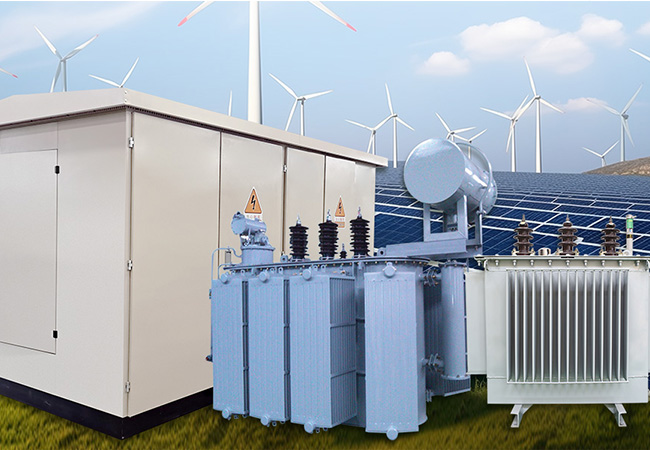1000 kva Dry Type Transformer
07-11 2025 | By:
1000 kva Dry Type Transformer
In the dynamic field of electrical engineering, the 1000 kVA dry type transformer plays a vital role in ensuring efficient and reliable power distribution. This article provides a comprehensive overview of its model parameters, specifications, applications, and advantages, with a detailed table presenting key parameters.
Model Parameters and Specifications Table
|
Parameter
|
Specification
|
Application Scenario
|
|
Rated Capacity
|
1000 kVA
|
Suitable for large industrial plants, commercial buildings, and data centers.
|
|
Voltage Rating
|
LV: 400V, MV: 11kV/33kV
|
LV for local distribution, MV for transmission over longer distances.
|
|
Frequency
|
50Hz/60Hz
|
Compatible with standard electrical frequencies in different regions.
|
|
Cooling System
|
AN/AF
|
AN for normal operation, AF for higher loads or restricted air circulation.
|
|
Insulation Material
|
Solid (e.g., resin)
|
Ideal for indoor installations where fire safety is critical.
|
|
Winding Material
|
Copper/Aluminum
|
Copper for higher efficiency, aluminum for cost-effective solutions.
|
|
Temperature Rise
|
150°C/180°C
|
Higher temperature rise for enhanced durability and longer operational life.
|
|
Noise Level
|
<50 dB
|
Suitable for noise-sensitive environments like hospitals and educational institutions.
|
|
Dimensions (LxWxH)
|
Customizable
|
Compact design for easy installation in space-constrained areas.
|
|
Weight
|
Varies
|
Designed to meet transportation and installation requirements.
|
1.
Rated Capacity (1000 kVA): This high capacity makes it suitable for heavy-load applications such as large manufacturing plants, commercial complexes, and data centers where substantial power is required.
2.
Voltage Rating: The low voltage (LV) rating of 400V is ideal for local distribution within buildings, while medium voltage (MV) ratings of 11kV and 33kV are used for transmitting power over longer distances, typical in industrial and utility applications.
3.
Frequency: Transformers designed for 50Hz or 60Hz cater to the specific electrical standards of different countries, ensuring compatibility and efficient operation.
4.
Cooling System: Natural air cooling (AN) is sufficient for normal operating conditions, while forced air cooling (AF) is employed under higher loads or in environments with limited air circulation, enhancing thermal management.
5.
Insulation Material: Solid insulation materials, such as resin, provide excellent fire resistance and safety, making these transformers suitable for indoor installations where flammability is a concern.
6.
Winding Material: Copper windings offer higher electrical efficiency, crucial for applications requiring minimal energy loss. Aluminum windings provide a cost-effective alternative without significantly compromising performance.
7.
Temperature Rise: Transformers rated for higher temperature rises (e.g., 180°C) exhibit enhanced durability and can operate effectively under more demanding conditions.
8.
Noise Level: With noise levels below 50 dB, these transformers are suitable for noise-sensitive environments, ensuring minimal disruption.
9.
Dimensions and Weight: Customizable dimensions and manageable weight facilitate installation in various locations, including space-constrained urban settings.
Advantages
1.
Safety: The dry type design eliminates the risk of oil leaks and fires, enhancing safety in indoor and urban environments.
2.
Low Maintenance: Unlike oil-immersed transformers, dry type units require minimal maintenance, reducing operational costs and downtime.
3.
High Efficiency: Minimal energy losses contribute to lower electricity bills and a reduced carbon footprint, aligning with sustainability goals.
4.
Compact Design: The transformer’s compact size allows for flexible installation in limited spaces, making it ideal for urban and space-constrained applications.
5.
Environmental Resistance: Resistance to moisture and dust ensures stable performance even in harsh environmental conditions.
6.
Quiet Operation: Low noise levels make these transformers suitable for use in hospitals, schools, and other noise-sensitive areas.
Conclusion
The 1000 kVA dry type transformer is an essential component in modern electrical infrastructure, offering a blend of safety, efficiency, and reliability. Its versatile applications across various industries, coupled with its numerous advantages, make it a preferred choice for meeting the growing demand for stable and sustainable power solutions. As technology continues to advance, the capabilities and design of these transformers will likely evolve, further enhancing their effectiveness and utility in the electrical landscape.
You may also find these interesting:




